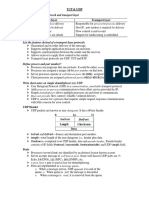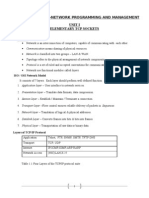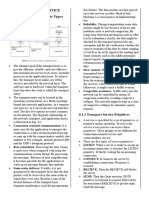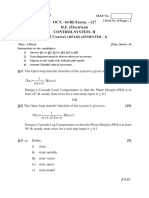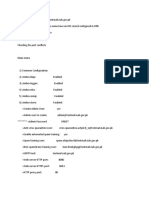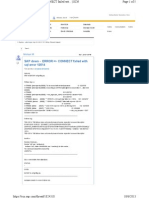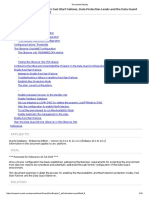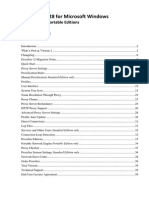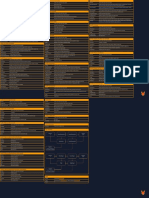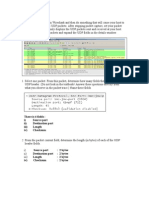0% found this document useful (0 votes)
3 views13 pagesTCPClient Serverunder Co de Syspart 2
This document discusses the implementation of TCP Server and TCP Client functionalities using the SysLibSockets.lib library on the CoDeSys platform. It outlines the phases of a TCP session, the relationship between server and client, and provides detailed descriptions of function blocks for managing TCP connections. Additionally, it offers solutions for handling blocking socket operations in PLC applications and presents the structure of the TCP server and client functionalities.
Uploaded by
sunny gaikwadCopyright
© © All Rights Reserved
We take content rights seriously. If you suspect this is your content, claim it here.
Available Formats
Download as PDF, TXT or read online on Scribd
0% found this document useful (0 votes)
3 views13 pagesTCPClient Serverunder Co de Syspart 2
This document discusses the implementation of TCP Server and TCP Client functionalities using the SysLibSockets.lib library on the CoDeSys platform. It outlines the phases of a TCP session, the relationship between server and client, and provides detailed descriptions of function blocks for managing TCP connections. Additionally, it offers solutions for handling blocking socket operations in PLC applications and presents the structure of the TCP server and client functionalities.
Uploaded by
sunny gaikwadCopyright
© © All Rights Reserved
We take content rights seriously. If you suspect this is your content, claim it here.
Available Formats
Download as PDF, TXT or read online on Scribd
/ 13



